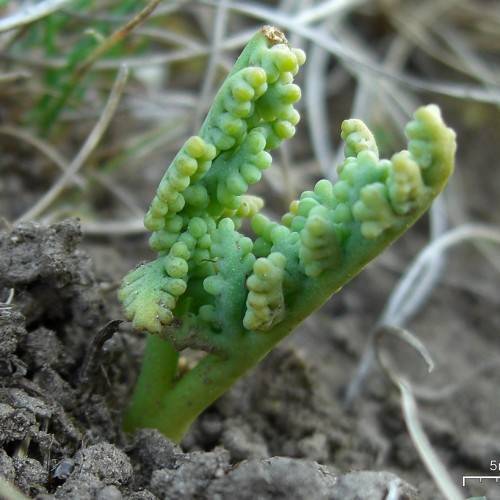
Two Spiked Moonwort
Botrychium paradoxum
Also Known As - Peculiar MoonwortWatering:
Average
Hardiness Zone:
Sun:
Shade
Soil:
Loam, Humus Enriched
Leaf:
Yes
Growth Rate:
Low
Care Level:
Medium
watering
Mountain Moonwort should be watered approximately every 10 days during the growing season. The soil should remain slightly moist but not soggy. During the summer months it may need to be watered more often, especially during periods of excessive heat and drought. Too much water can overwhelm the small root system and cause rot. During the winter months, water less frequently but be sure to water when the soil begins to dry out.
sunlight
Mountain moonwort (Botrychium montanum) needs plenty of sunlight to support its growth. However, it is important to not leave this species in direct sunlight for too long. The best time to place the Mountain moonwort in direct sunlight is a few hours during the day, when the sun is relatively low in the sky. This will provide a balanced amount of sunlight for optimum growth without the risk of sunburn. In areas with long summer days, morning and evening sunlight might be enough for this species. When it comes to winter, the Mountain moonwort will need less sunlight. During this season, a few hours of direct sunlight a day should be sufficient.
pruning
Mountain Moonwort (Botrychium montanum) should be pruned during the late spring and early summer months. Pruning should be minimal and should only take away dead or dying foliage, stems, and flowers. Pruning should also be done carefully to avoid damaging any living foliage or rhizomes that may be developing. For larger infestations of Mountain Moonwort, mowing or light grazing can be effective. Some growers also recommend removing any rhizomes and seedlings that may be present to help keep the population under control.
